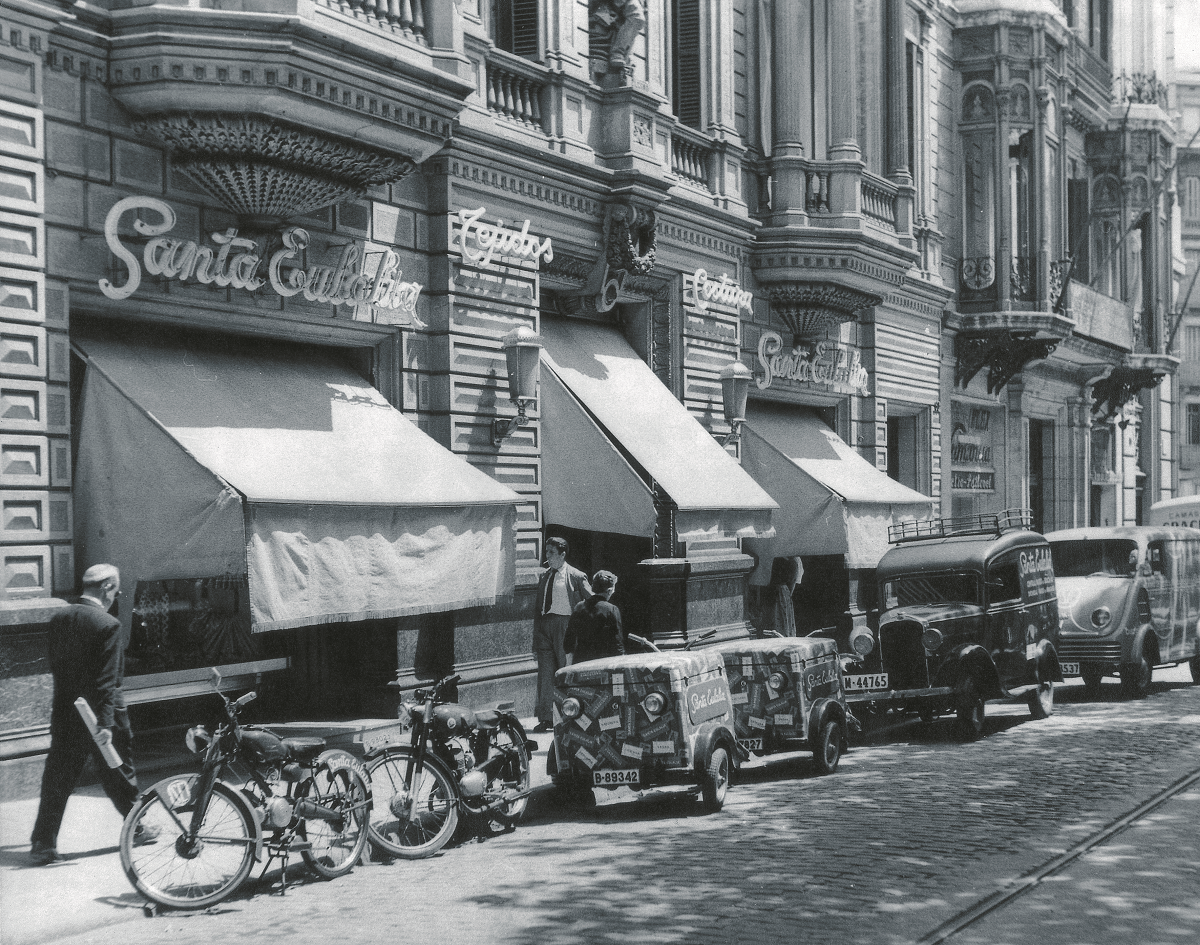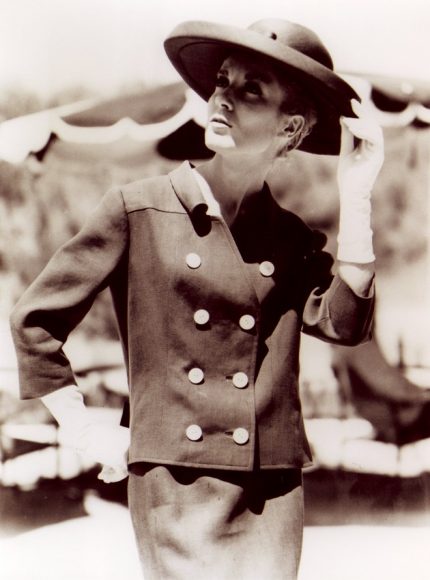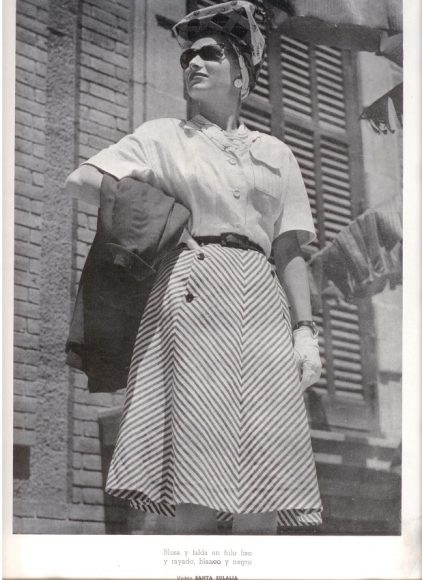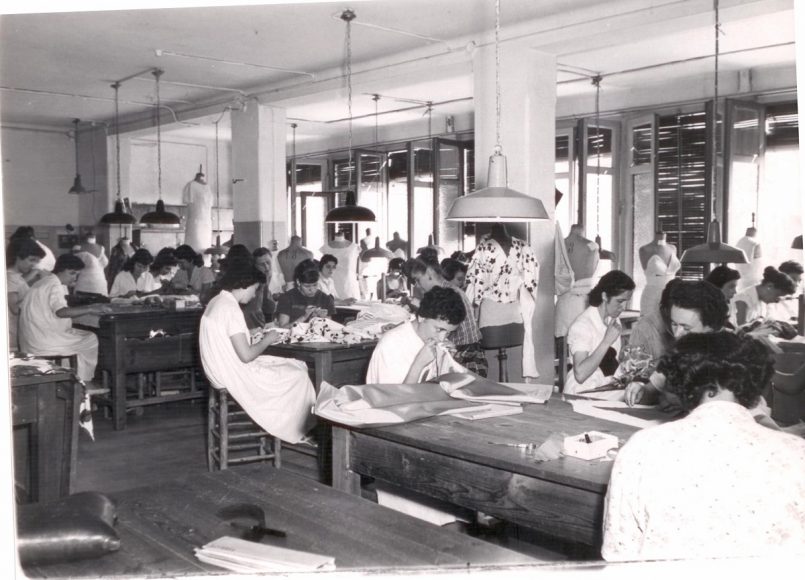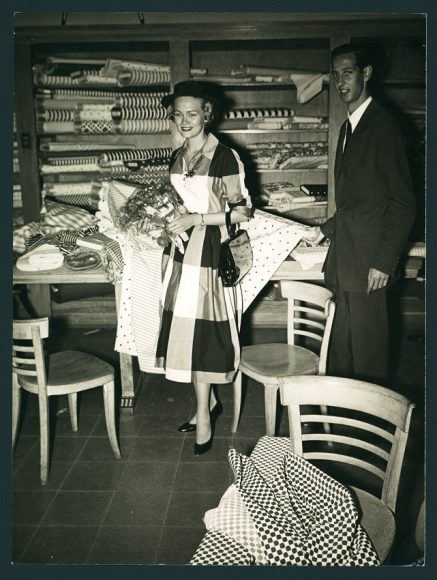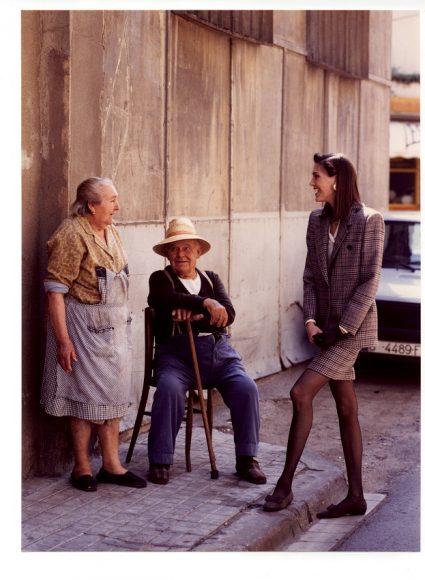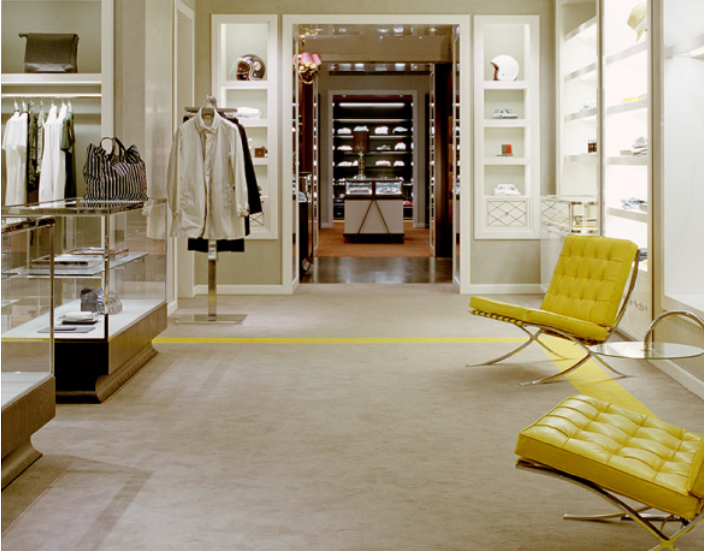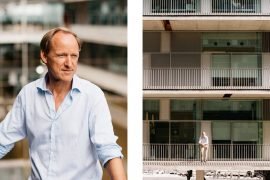“I must have been seven or eight years old, and while my mother tried on her haute couture dresses, I picked up the pins that had dropped on the dressing room floors with a horseshoe magnet…” This is one of the first memories Luis Sans has of Santa Eulalia. For any other child, the game of attracting the needles’ luck would have been a presage of a successful life as a tailor; but in the case of the current owner and president of the Barcelona luxury fashion house, his professional career was already quite pre-designed. Belonging to the fourth generation of Sans who runs the company, he took over the business in 1988, at age 22. At the same age and for the same reason his grandfather did in his day: the passing-away of his father. “I accepted the position out of a feeling of duty, but over the years this job of family tradition has become a passion”, admits the businessman.
It was Luis’ great-grandfather, Lorenzo Sans Vidal, who in 1908 partnered with Domingo Taberner, grandson of the founder (Josep Taberner) of a textile goods shop (1843), which, after opening in Calle Boquería, 1 (the old entrance, demolished in 1777, where legend sets the martyrdom of the saint in Roman times), came to be known as Santa Eulalia (1859). Upon Taberner’s death with no heirs, the widow sold her shares to the Sans family and that’s how it’s been till now… when the business celebrates its 175th birthday.

175 YEARS OF LUXURY
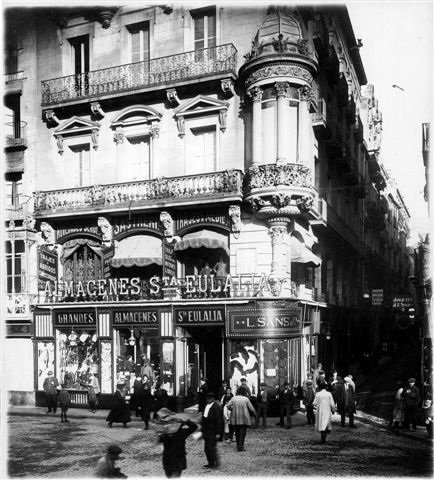
If today a company can blow out 175 candles on a cake, it comes as no surprise that it’s not the result of a passing fad and that if falls under the category of classic. While emblematic shops in the city centre finally gave up because of the recession and the change in the urban leases legislation, in 2009, Luis Sans decided to renovate the current shop on Passeig de Gràcia, 93, and commissioned the project to the New York architect William Sofield. The resulting 2,000 square metre space, decorated with some of the furniture from the previous shops, is currently divided into a multi-brand Prêt à Porter section, put together by Sandra Domínguez, Sans’ wife; a tailoring and tailored shirts atelier; a pop-up store; and a café with a garden terrace. Once again, the luxury sector resisted the economic recession’s charge and boasted of it. However, despite (or perhaps due to) being a man who lives off and for luxury, he also thinks that money doesn’t buy happiness nor does it necessarily grant the necessary sensibility to appreciate beauty: “Money boosts everything, both good and bad taste”
In 1926, following the pace Paris set, they held the first fashion show of the Catalan capital. A new formula to promote trends that, due to its success, was only available through personal invitation the following years.
Since the beginning, in addition to tailoring exclusive clothes for men and women, the establishment also sold fabrics by the metre. The buyers were dressmakers from all over Spain who bought them to make clothes for their clients. In the mid-60s, with a staff over 750 employees, they managed to sell over one million metres of fabric. At the time, imports were restricted and Santa Eulalia had a quota of 20% of all cotton imports in Spain.
In 1926, following the pace Paris set, they held the first fashion show of the Catalan capital. A new formula to promote trends that, due to its success, was only available through personal invitation the following years. When the Civil War broke out, the company (like so many others, for example Castañer) was collectivized by the republican forces and its name was changed to Santeulalia (without the “a” in Santa, of course) and they focused on manufacturing military uniforms for republican army officers.
Two years after the end of the war, under the dictatorship of Franco, haute couture and the sale of fabrics and accessories for women were moved to a 2,500 square metre building in Passeig de Gràcia, 60. The same thing happened later with tailoring and tailored shirts and the sale of men’s accessories, which were moved to Passeig de Gràcia, 93. The shop on Calle Boquería was permanently closed, after more than 100 years in the historic centre of the city.
Adapting to the new fashion democratization tendencies, they launched their first Prêt à Porter collection for women in 1968, and held their last haute couture fashion show in 1995.
“We want to celebrate our birthday in style. We got in touch with Antoni Miralda, undoubtedly one of the most internationally well-known living Catalan artists, to organise a street performance. He has envisioned two hundred musicians and artists that will leave Pla de la Boqueria, near Las Ramblas, where we had our first shop, and arrive at Passeig de Gràcia, 93, where we are currently located“
BLOWING THE CANDLES OUT
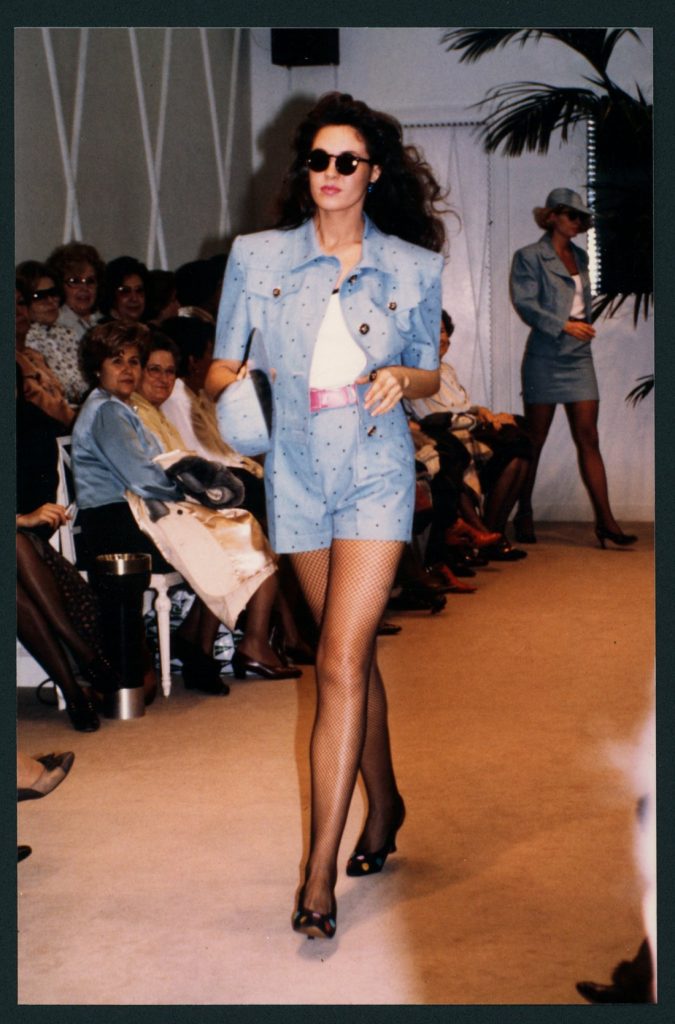
“We want to celebrate our birthday in style. We got in touch with Antoni Miralda, undoubtedly one of the most internationally well-known living Catalan artists, to organise a street performance. He has envisioned two hundred musicians and artists that will leave Pla de la Boqueria, near Las Ramblas, where we had our first shop, and arrive at Passeig de Gràcia, 93, where we are currently located“ There he will create an ephemeral work of art to be placed on the entire façade. Everyone who wants to is invited to watch it and enjoy it”, encourages Luis Sans.
While for the haute couture shows that took place in Santa Eulalia at the beginning of the 20th century one needed to be personally invited, the commemoration of the business’ 175th anniversary in the streets of Barcelona will not be restricted, there will be no dress code, and no assistance confirmation will be required. You know, inclusive and democratic luxury that, fortunately and for the moment, is not expected to go out of style.

